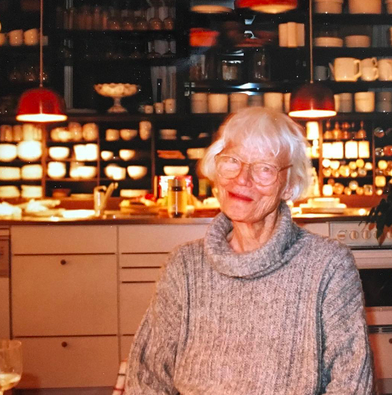Between the years 1925 and 1975, Danish society went through some significant changes, including a change in the role of women.
In 1915 women were given the right to vote and in the coming years, the first generations of women would become graduates in design, a field that was gaining ground in Europe, with the Bauhaus School at the helm. This was a school which took a broad international approach to design and that welcomed the participation of women.
Between 1925 and 1975, women such as Ragna Grubb (Social Housing), Grethe Mayer (Industrial Design), Anne Marie Rubin (Urban Planning) or even the current contemporary architect Lene Tranberg along with others, made an important impact by reshaping everyday living. Between them all they would design and reinvent kitchen spaces, public buildings, housing, landscapes, public areas, and much more.
Their works have reshaped the everyday life of the Danish people, but they went unnoticed.
